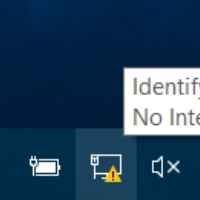Advertisements are now being used to hack into your computer.–PC Pitstop
Beware of Malvertising
Anand Khanse for The Windows Club
There are many methods being used to compromise users of the Internet, so that their information can be obtained by cyber-criminals. Once a computer is compromised, the cyber-criminals can use the users data for anything they want. Such events may even result in Identity Theft, where cyber-criminals use your identity for taking loans, etc. and leave you in a mess. Among the many newer methods of compromising a computer is – Malvertising. Let us take a look at what is malvertising and how to stay safe by avoiding it.
What is Malvertising
Malvertising or Maladvertising contains two words: Malicious + Advertising. This is not just about malicious misleading advertisements that lure users to Phishing websites. Malvertising is about compromising your computer, by downloading a short malicious code on to it, when you hover on or click on an advertisement. Some adverts will even download malicious code to your computer, while the website is still loading in the background. In such cases, by simply visiting a website, users can get infected via Drive-by-downloads.
Cybercriminals are using advertisements as a means to hack in to your computers. Since these advertisements look genuine, users click on them expecting to be taken to a website, where they can get more information about the advert. However, instead of being redirected, the click action triggers a download of a small but malicious code to users’ computers. In fact the infection can even take place silently in the background, even as the ad is being loaded by the browser. Since the ad networks serving these ads are pretty huge, it is nearly impossible to identify the person or organization behind the malicious advertisement. Many popular websites too end up unknowingly serving such adverts without any harmful intent, as they do not know that the adverts are malicious.



